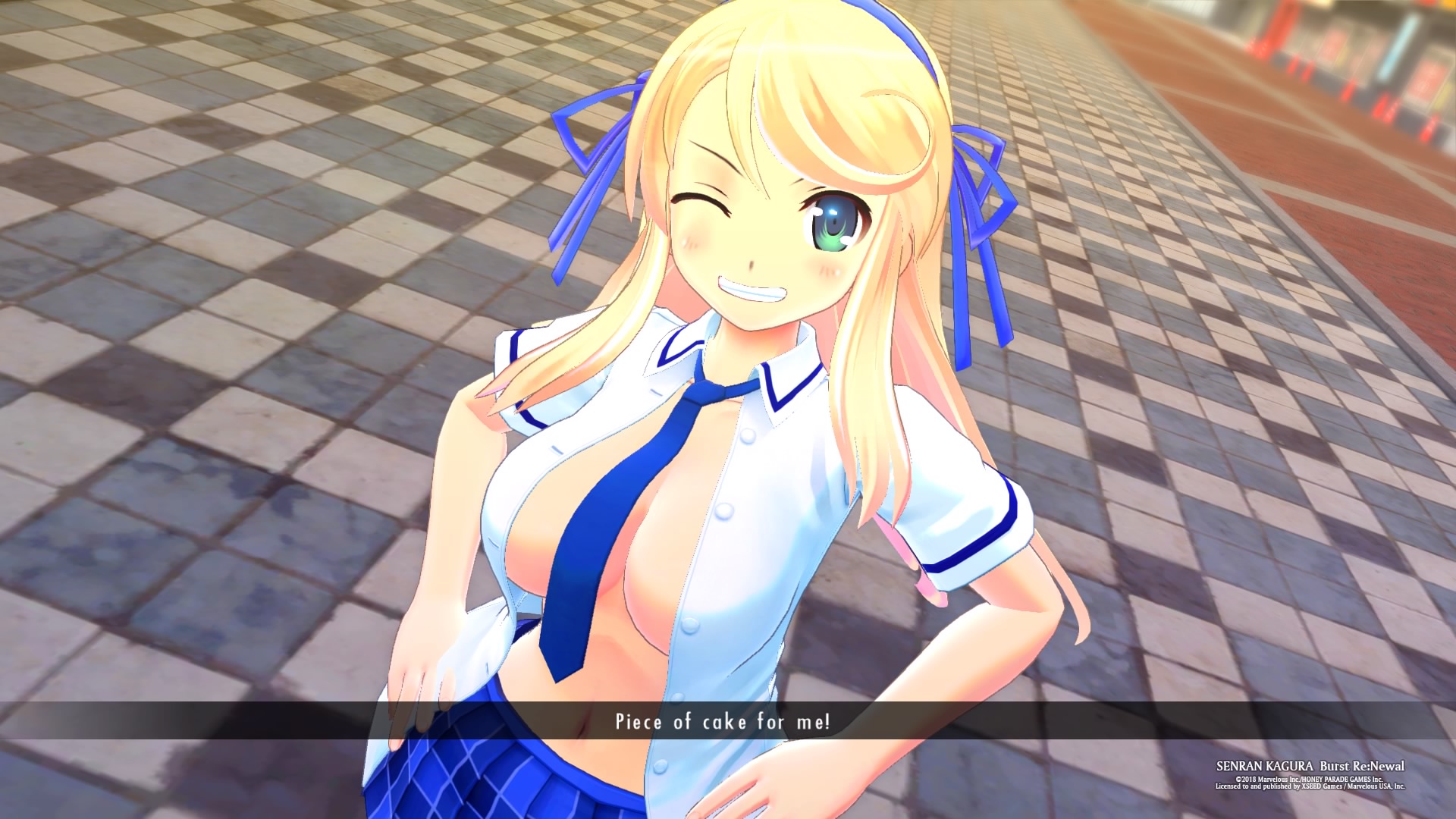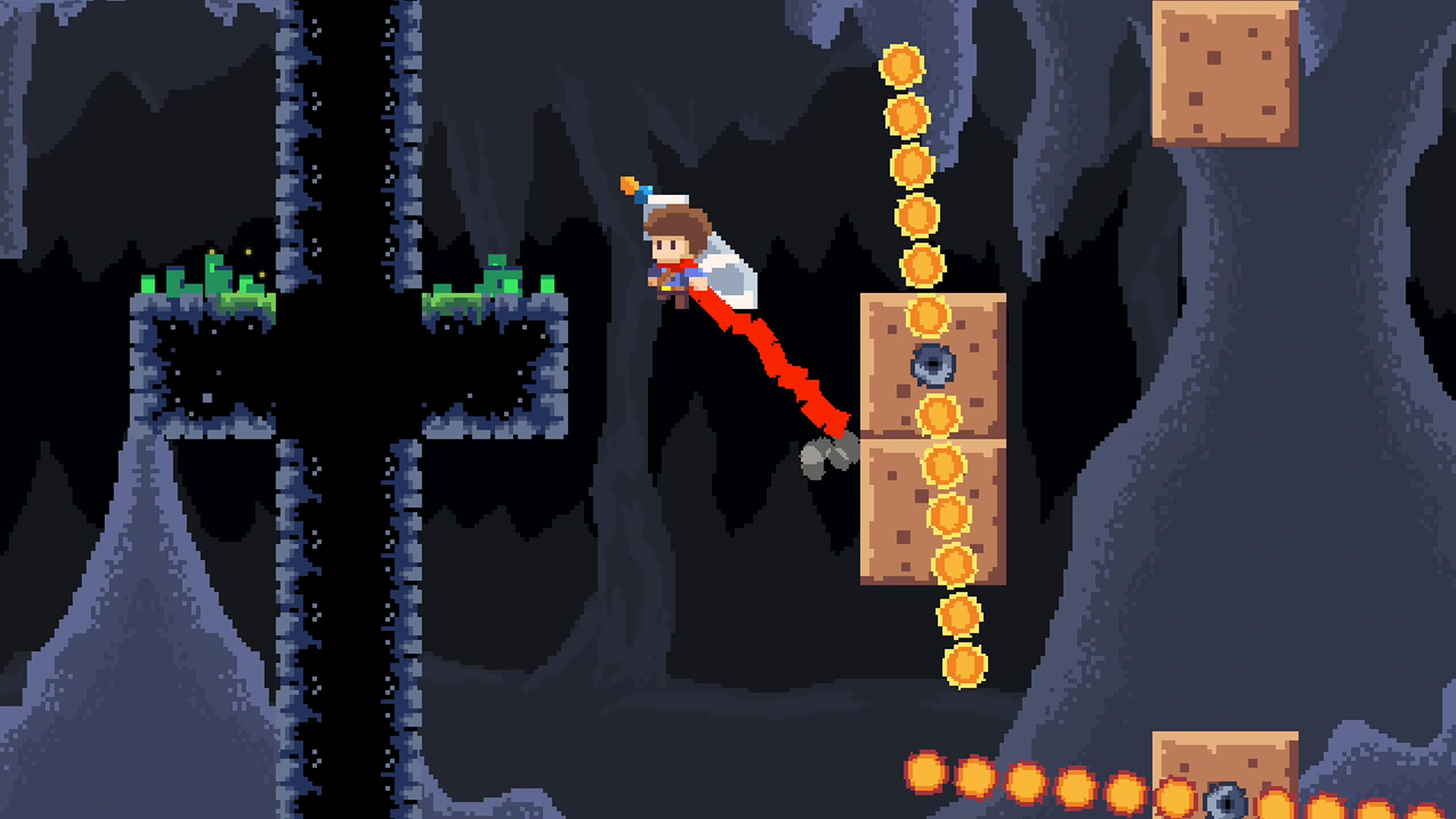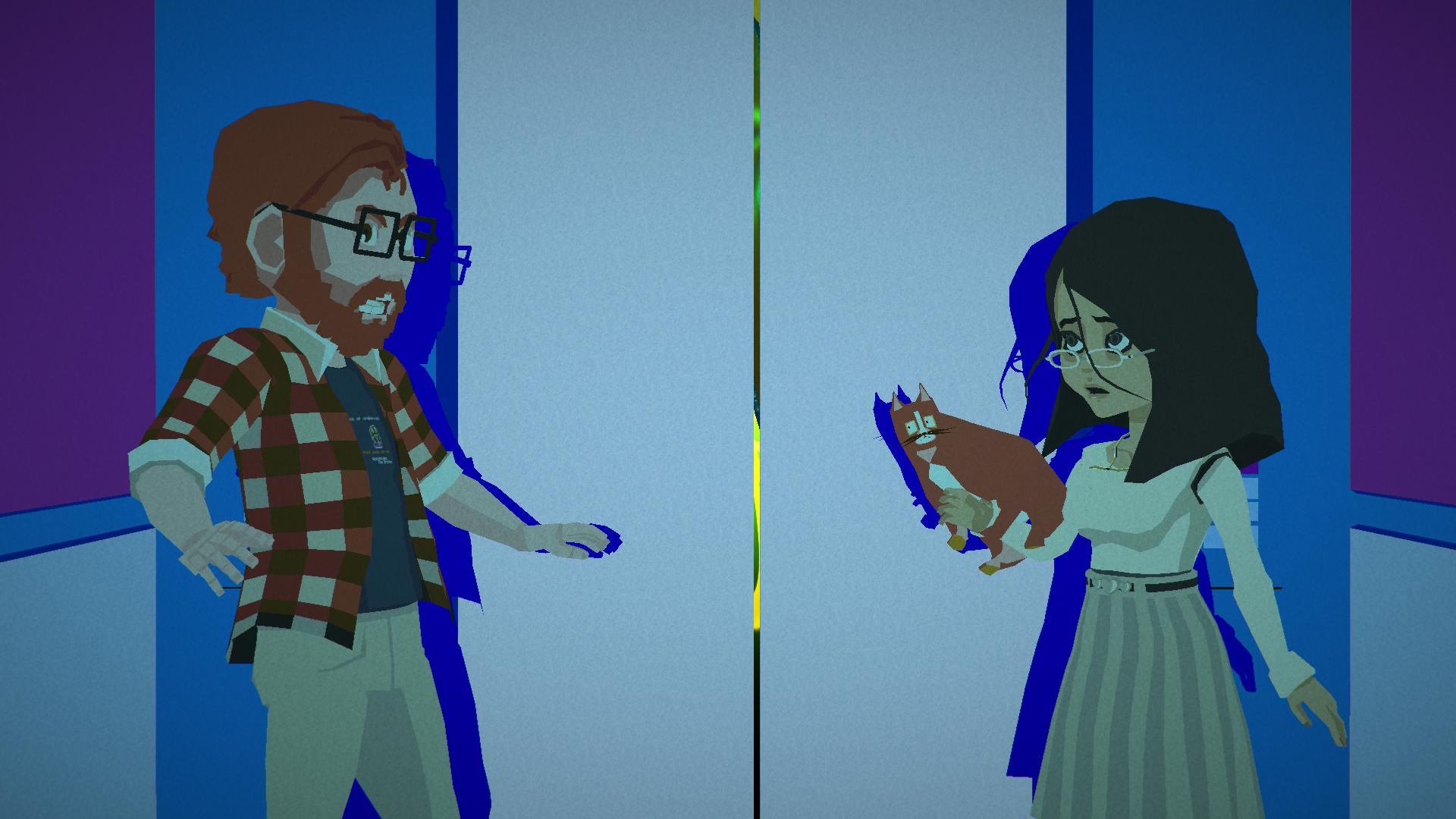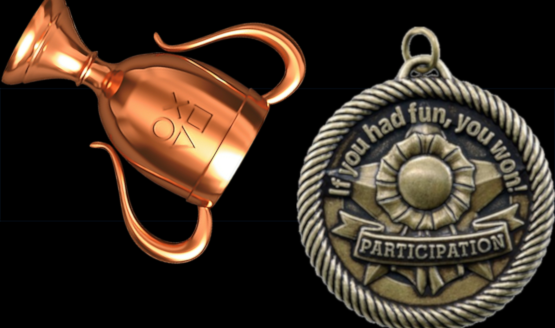January is a month of renewal, as the new year gets kicked off. We’ve decided to relaunch a feature on PlayStation LifeStyle, where the lowest-scoring games of the month are highlighted. We’re calling it the Participation Trophy. Here, we’ll not only summarize what didn’t work with each game, but also impart some constructive criticism for ways things could be improved.
While January 2019 had a few notable stellar releases, chief among them the much-awaited Kingdom Hearts III, there were also plenty of games which had plenty of room for improvement. These are the games which are best avoided for now.
Our condolences go out to Lucas White, who reviewed two of the three featured games.
What do you think? Were we too harsh on some of these titles? Or were there other games released last month that should’ve been included here instead? Let us know in the comments below.
Participation Trophy - January 2019
-
Senran Kagura Burst Re:Newal

Developer: Tamsoft, Honey ∞ Parade Games
Publisher: Marvelous USA Inc.
Score: 3/10
Reviewer: James Kozanitis
Read our review here. Surprising few, Senran Kagura Burst Re:Newal was tied for our lowest-scoring game of the month. It’s one thing to provide fan service (censored for Western audiences at the behest of Sony), but it’s another to provide fan service and combine it with repetitive, bland gameplay, laughable dialog, and one-dimensional characters.
What Went Wrong?
Reviewer James Kozanitis described the combat in Senran Kagura Burst Re:Newal as “Dynasty Warriors with TnA.” So, combat is simple, repetitive, and repetitive. Meanwhile, characters are shallow, with one personality trait or issue defining who they are. Most characters serve as eye candy, with unrealistic breast size, combined with generous breast physics to give fan service this franchise is well known for. Beauty is only skin deep in Senran Kagura Burst Re:Newal.
What Went Right?
Senran Kagura Burst Re:Newal was originally a side-scrolling 3DS game. However, Tamsoft didn’t merely get the game to run on the PS4 and call it a day. They upscaled all assets and remade levels to see them more fully fleshed out in 3 dimensions. Any such effort is usually worth commendation, and that was the case here.
What Would Have Helped?
The core combat mechanics likely couldn’t have been touched much without essentially making a new game. Meanwhile, Senran Kagura Burst Re:Newal’s story remained shallow throughout, so using the port as a chance to develop characters or plot points more completely would’ve helped to make things more enjoyable.
-
JackQuest: Tale of the Sword

Developer: NX Games
Publisher: Crescent Moon Games
Score: 3/10
Reviewer: Lucas White
Read our review here. The Metroidvania genre of games has seen a resurgence the past few years, with notable releases such as Axiom Verge showing what can be done with impressive pixel art, tight platforming, and fun combat. The recently-released JackQuest: Tale of the Sword attempted to capture this fun game type, but all didn’t go according to plan.
What Went Wrong?
While JackQuest may have looked the part of a Metroidvania, it didn’t really act the part. According to reviewer Lucas White, “[protagonist] Jack himself feels a bit too fast, a bit too heavy.” Meanwhile, a large portion of the campaign focuses on jumping, double-jumping, wall jumping, and other actions that require finesse. A heavy-feeling character doesn’t really work in such a situation. The game also attempted something different with its map, which is a big part of any Metroidvania game. It displays the whole map, but in very low detail and inexplicably obscured by a crystal ball. All of the above, along with a camera that is too far zoomed in and a phoned-in story coalesced into the low score the game received.
What Went Right?
The pixel art makes or breaks games like these. JackQuest certainly got the look of a Metroidvania right, with good character designs and some nice flair on the main character. He has a scarf that gloriously wafts in the wind as Jack does battle with all sorts of enemies. Creatures in JackQuest are also impressively animated.
What Would Have Helped?
A better mapping system would likely have made for a better experience, as the system the game launched with appears to have left a very poor impression on our reviewer. Tighter controls, where Jack didn’t feel like he was running around on shoes made of soap nor suddenly filled with bricks at the apex of his jumps, would have also improved the platforming experience. Metroidvania-style games where a damsel in distress needs rescuing has also been played out at this point, though this may be the hardest thing to change about the game, as coming up with compelling narrative is no easy task.
-
YIIK: A Postmodern RPG

Developer: Ackk Studios
Publisher: Ysbryd Games
Score: 4/10
Reviewer: Lucas White
Read our review here. YIIK: A Postmodern RPG immediately evokes nostalgic memories of the classic RPG Earthbound, but as is evident in our review by Lucas White, the comparison can only be made at a superficial, appearance level. The resulting game had some interesting visual flair, but none of the workings of classic RPGs.
What Went Right?
YIIK features intensely colorful worlds and even “uses color to bend the rules of reality.” The soundtrack also fits right in, with a great representation of music you’d expect to hear in an RPG ripped from the ‘90s. Unfortunately that’s about all YIIK managed to get right in its attempts to remind gamers of RPGs from two decades ago.
What Went Wrong?
RPGs usually involve a “grind” at certain points, where the player is not of a high enough level to progress much, and must either slay a bunch of lower-leveled enemies in an effort to have easier future encounters, or simply strategize better to make do with less. It’s no small task for a developer to balance the need to grind versus making battles too easy, and unfortunately Ackk Studios could not find such a balance in YIIK. Progression is slow as molasses, as are battles themselves, forcing minigames upon each and every action performed. The story is also subpar, featuring an unlikable protagonist, and supporting characters who appear to exist solely to fill gameplay roles, with no added depth to their personalities.
What Would’ve Helped
A more generous leveling system, at least at the beginning, could have helped players prepare for a grind instead of imposing one from the start. Some of YIIK’s gameplay systems were also not explained very well, so more detailed guidance would have also gone a long way in making the adventure enjoyable. Using a minigame for every attack and defense move also felt like overkill; perhaps only using this mechanic during critical strikes would have sufficed.




